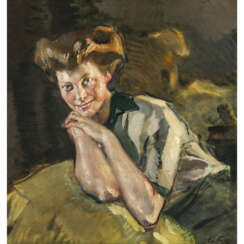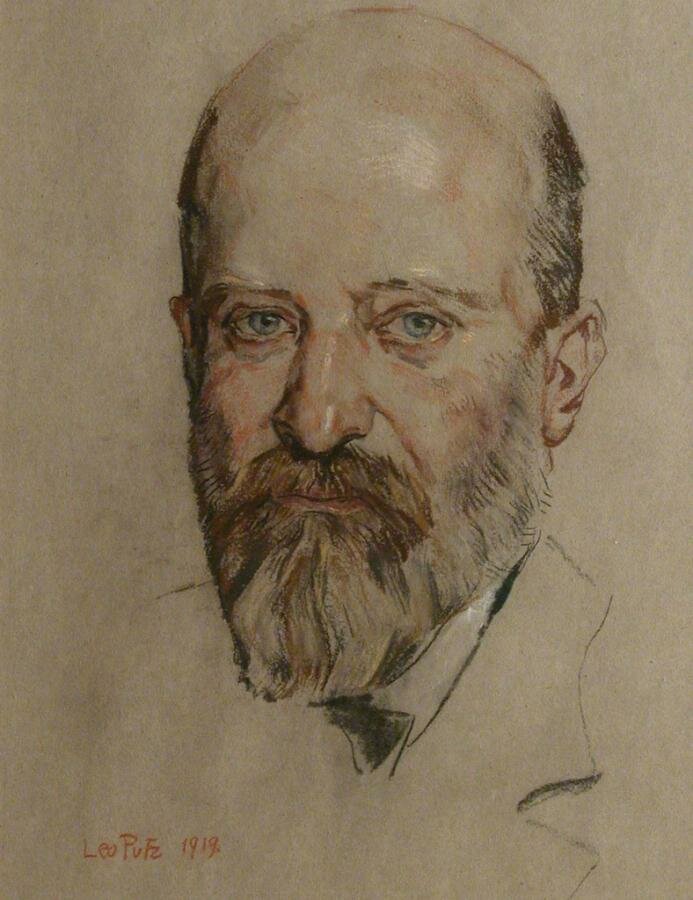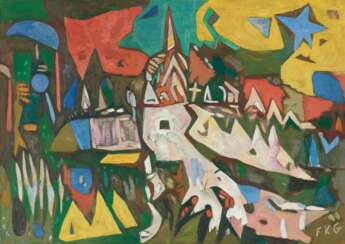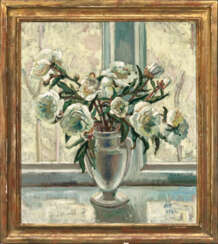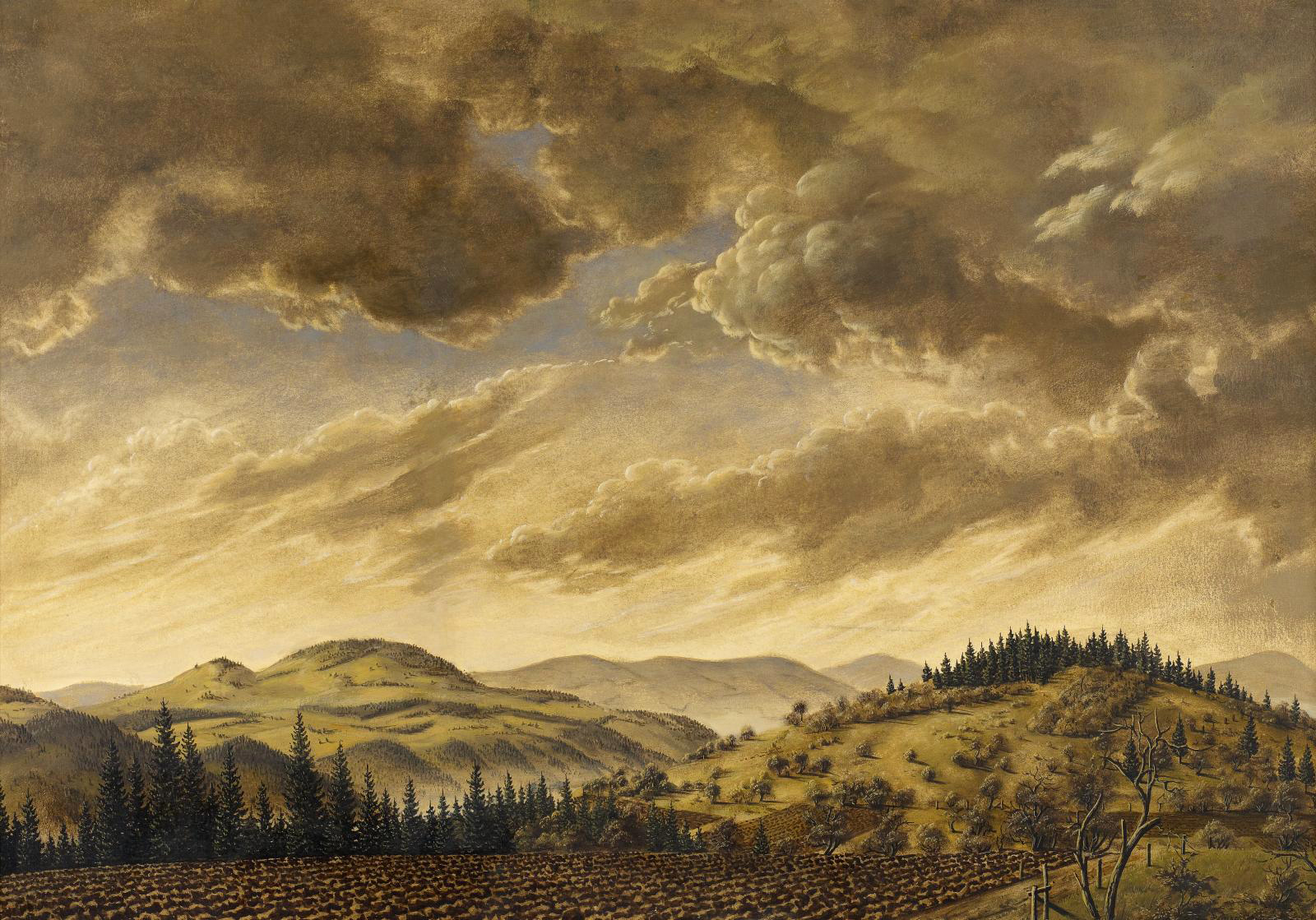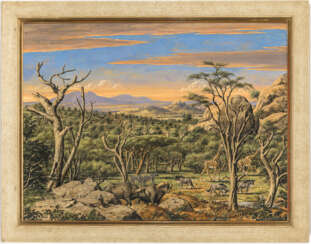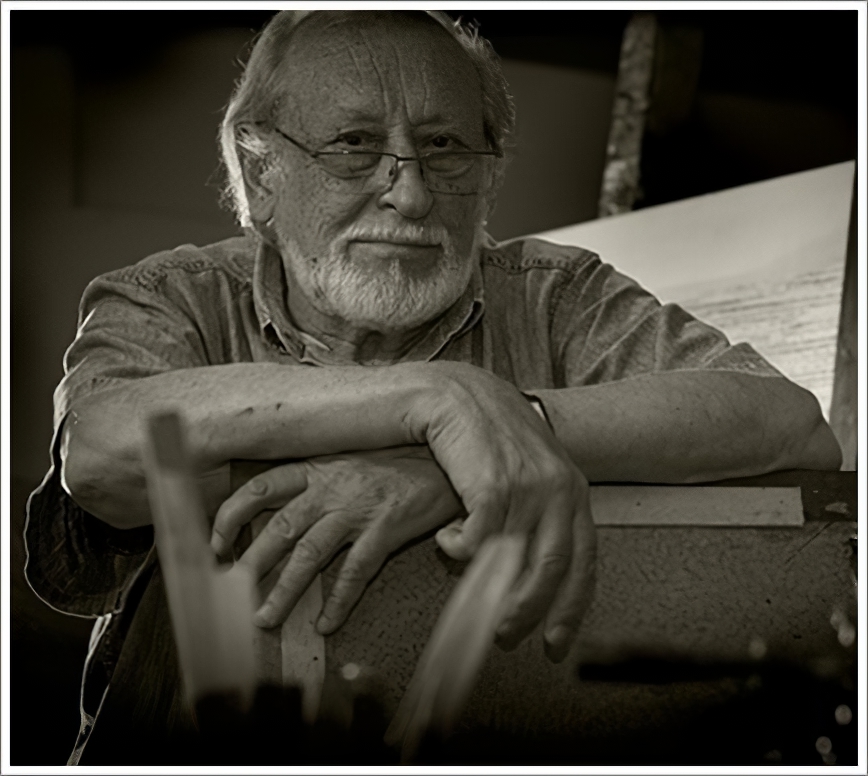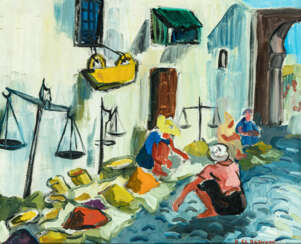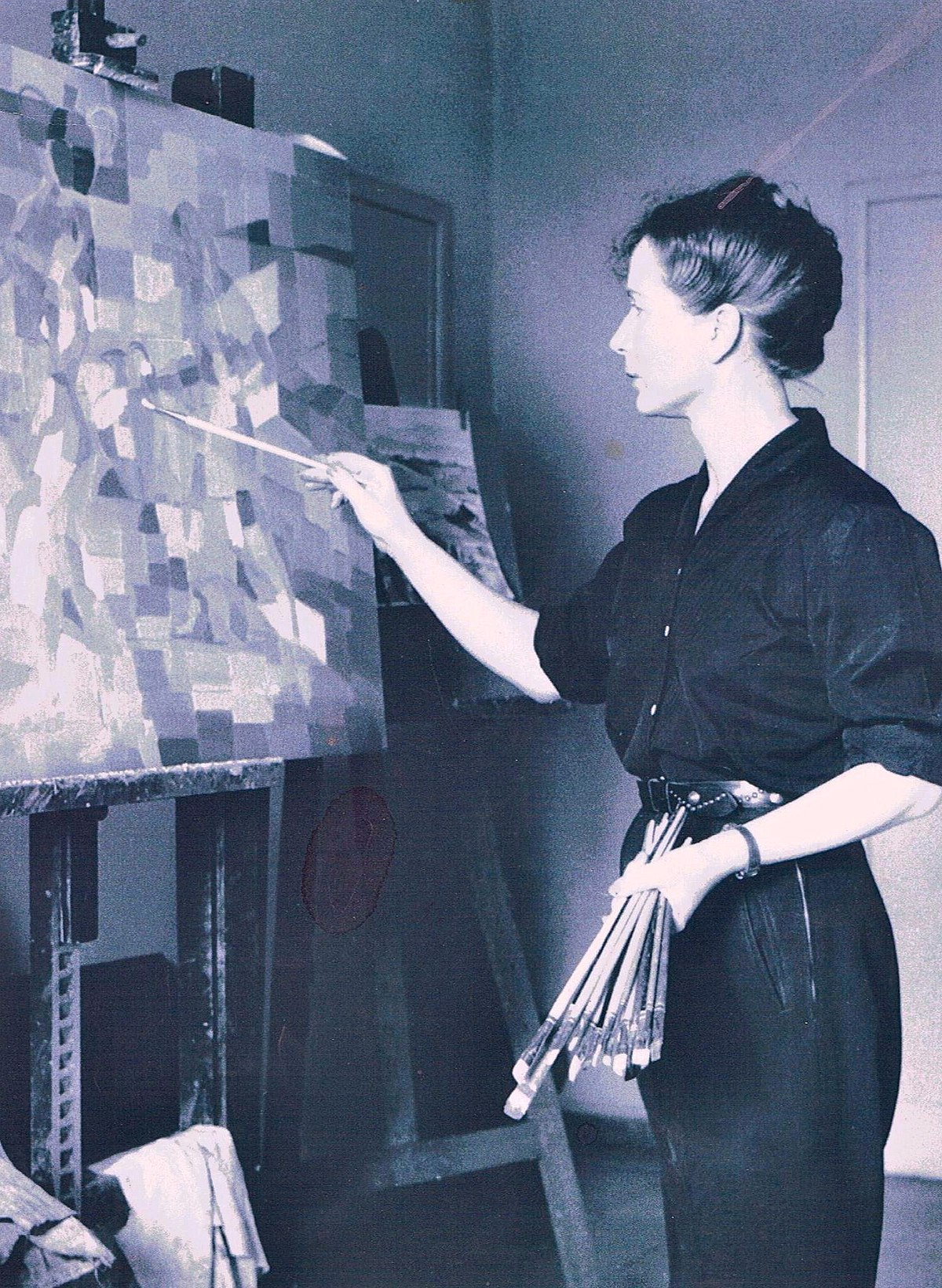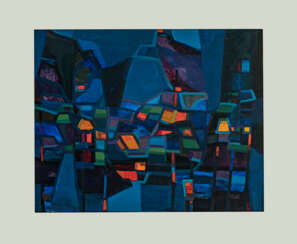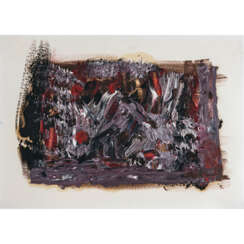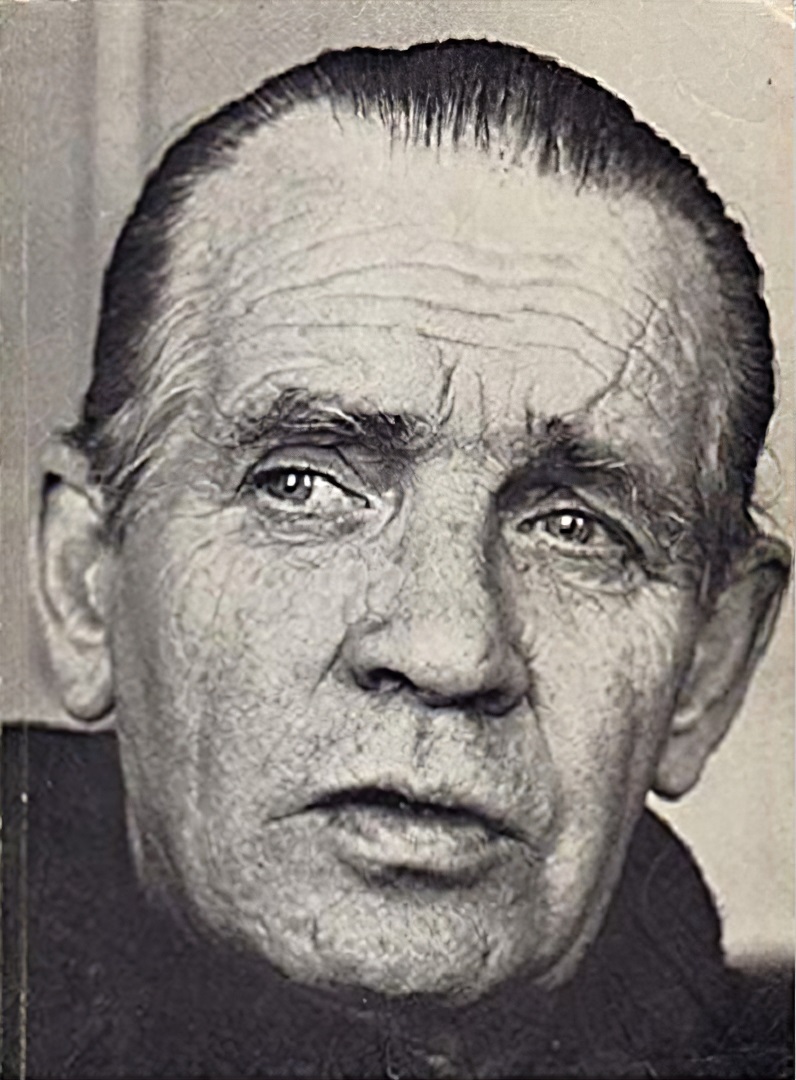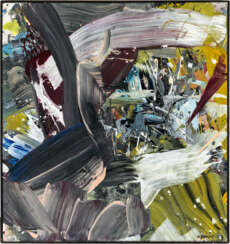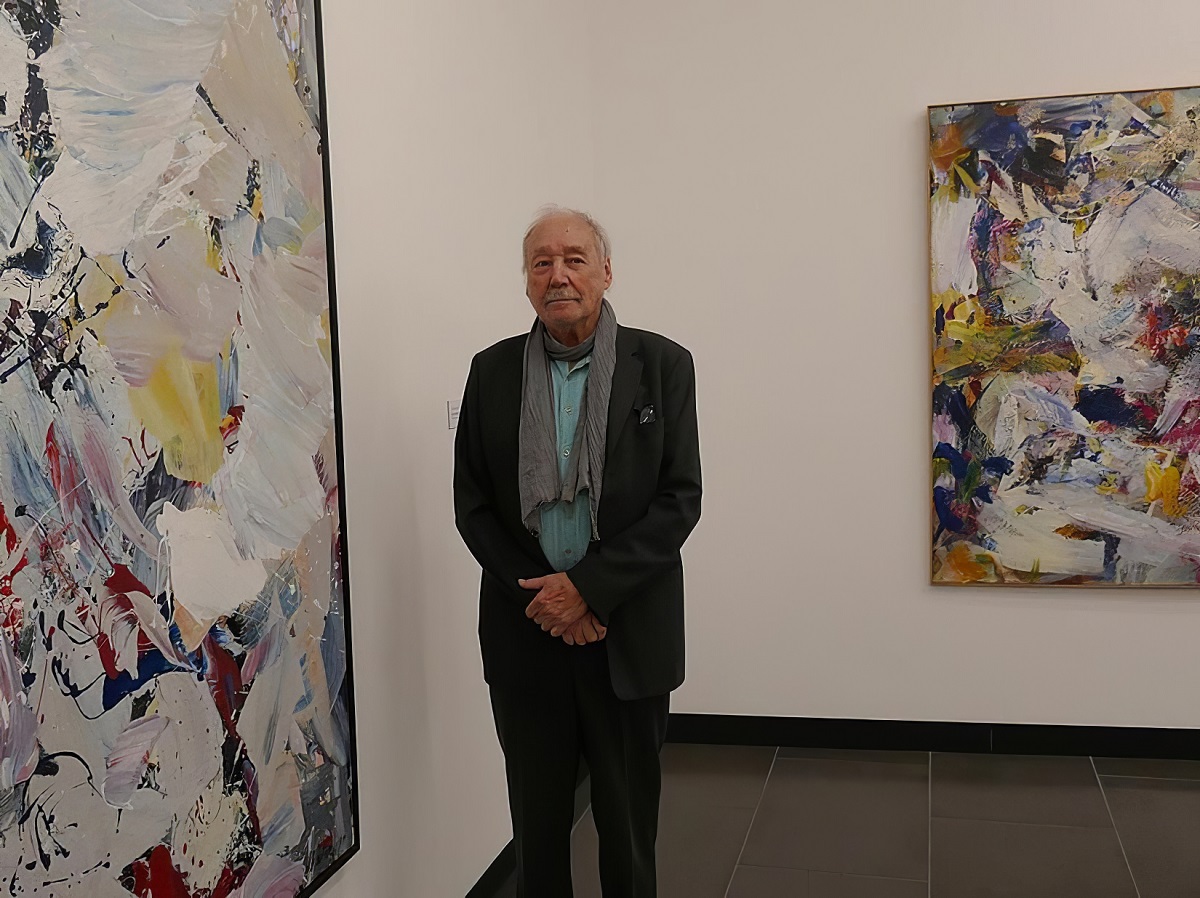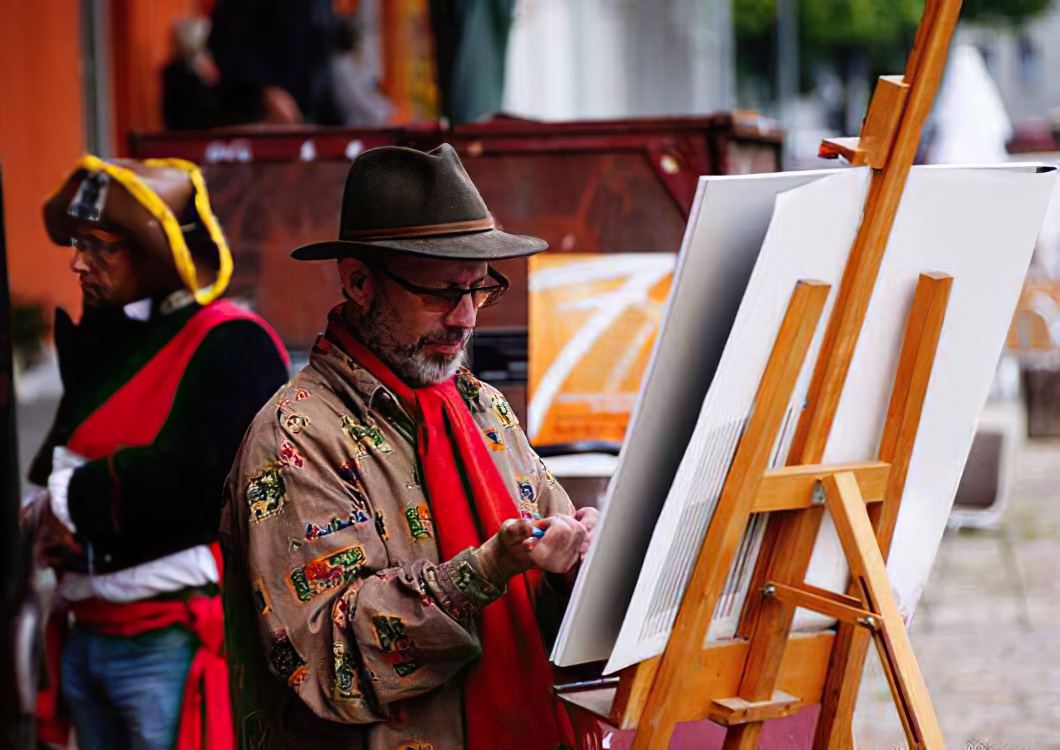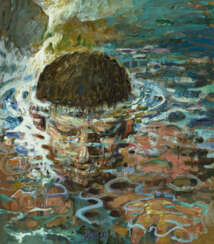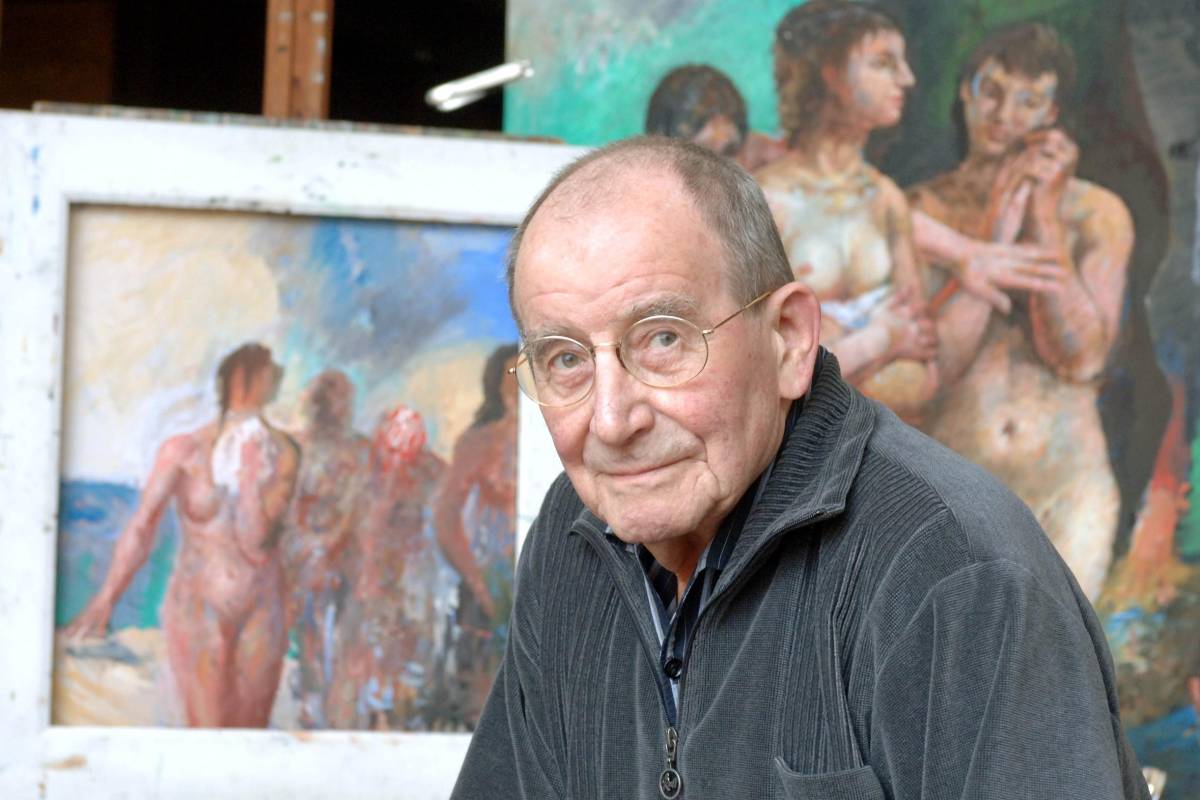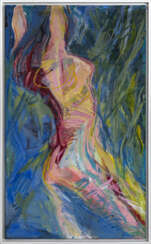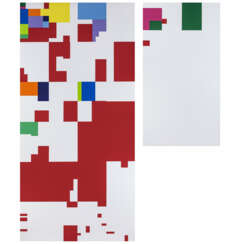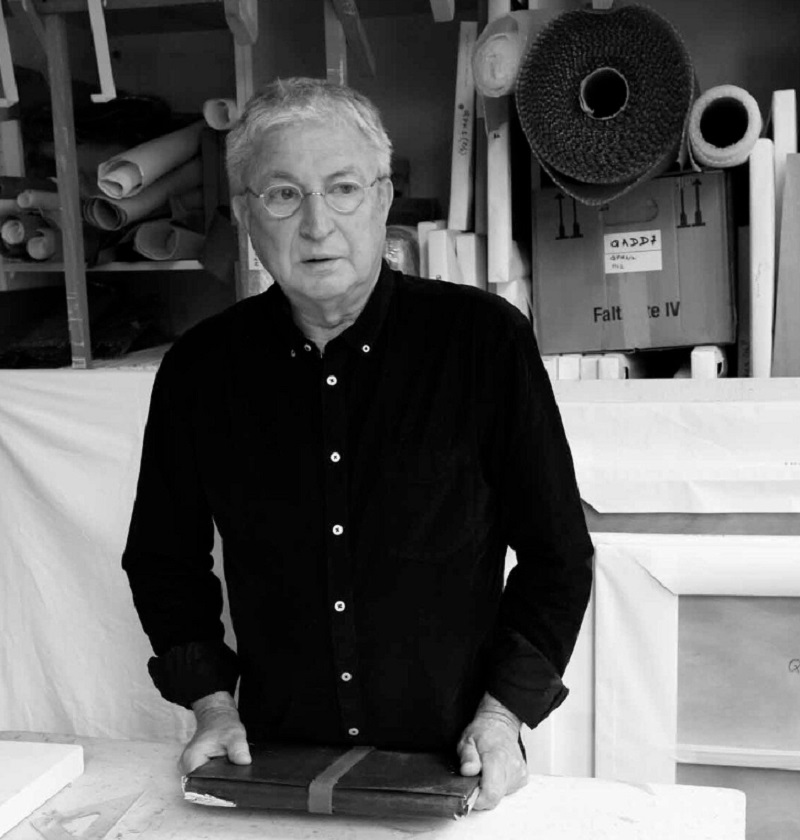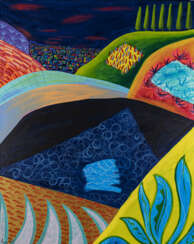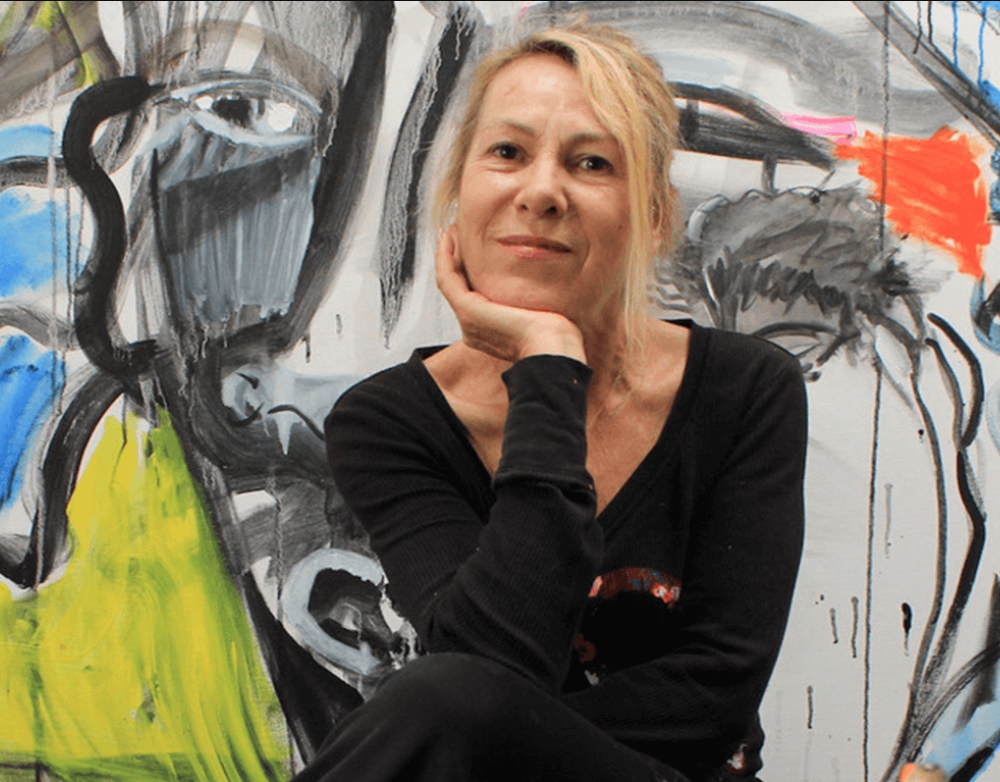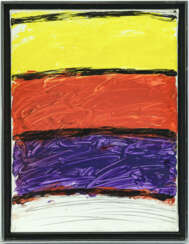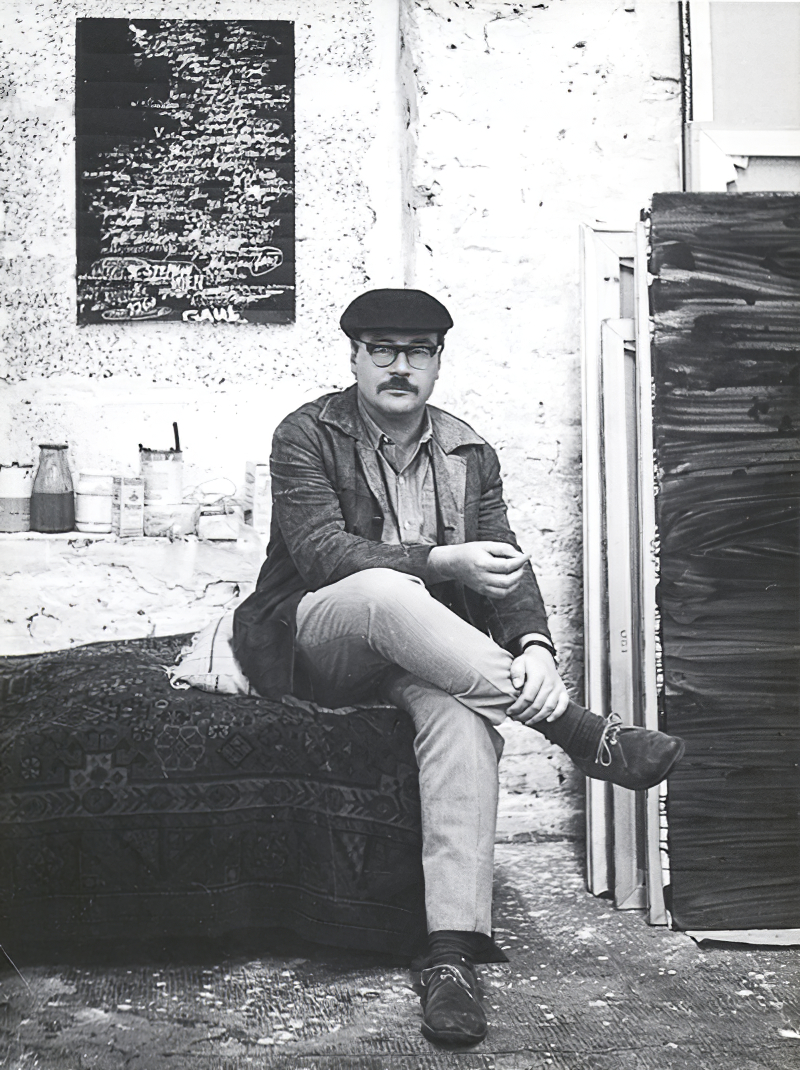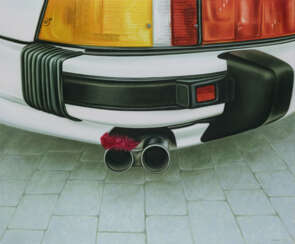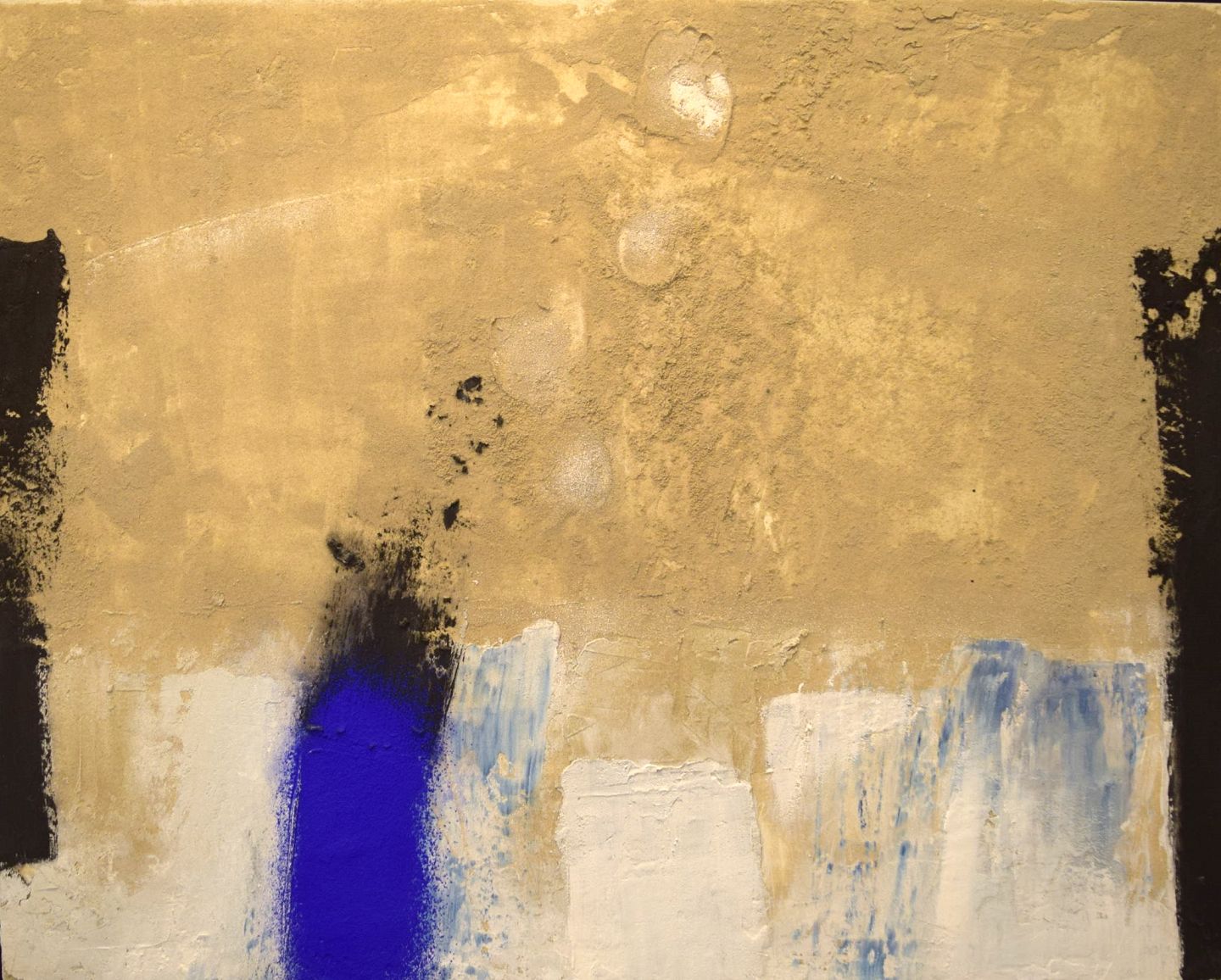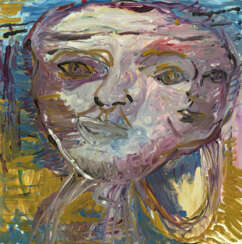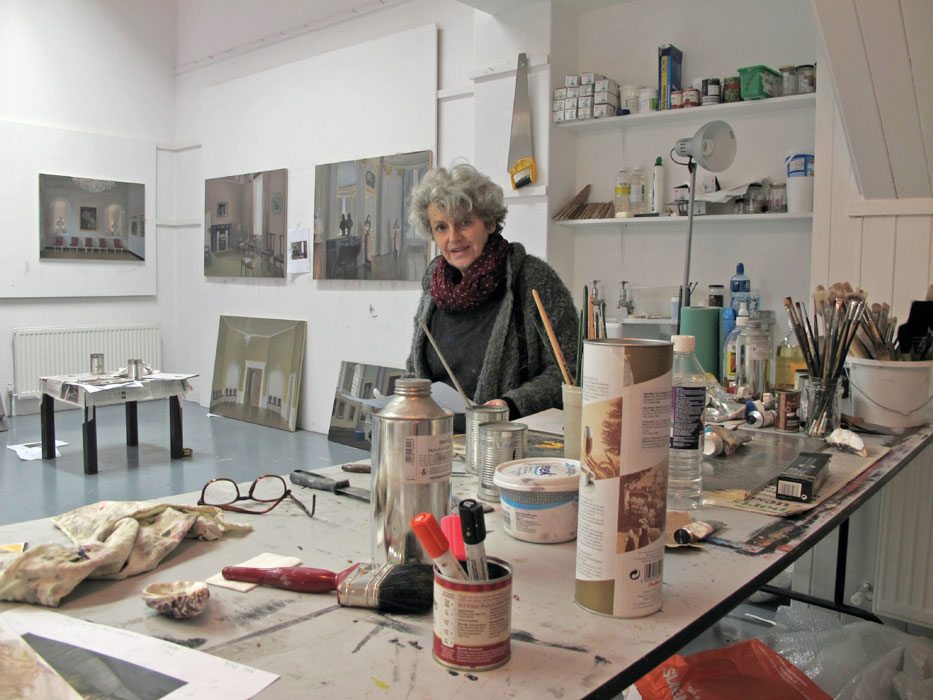
Paintings Classic Modern — 408_5: Moderne und Contemporary Art

Lovis Corinth was a German artist and writer whose mature work as a painter and printmaker realized a synthesis of impressionism and expressionism.
Corinth studied in Paris and Munich, joined the Berlin Secession group, later succeeding Max Liebermann as the group's president. His early work was naturalistic in approach. Corinth was initially antagonistic towards the expressionist movement, but after a stroke in 1911 his style loosened and took on many expressionistic qualities. His use of color became more vibrant, and he created portraits and landscapes of extraordinary vitality and power. Corinth's subject matter also included nudes and biblical scenes.
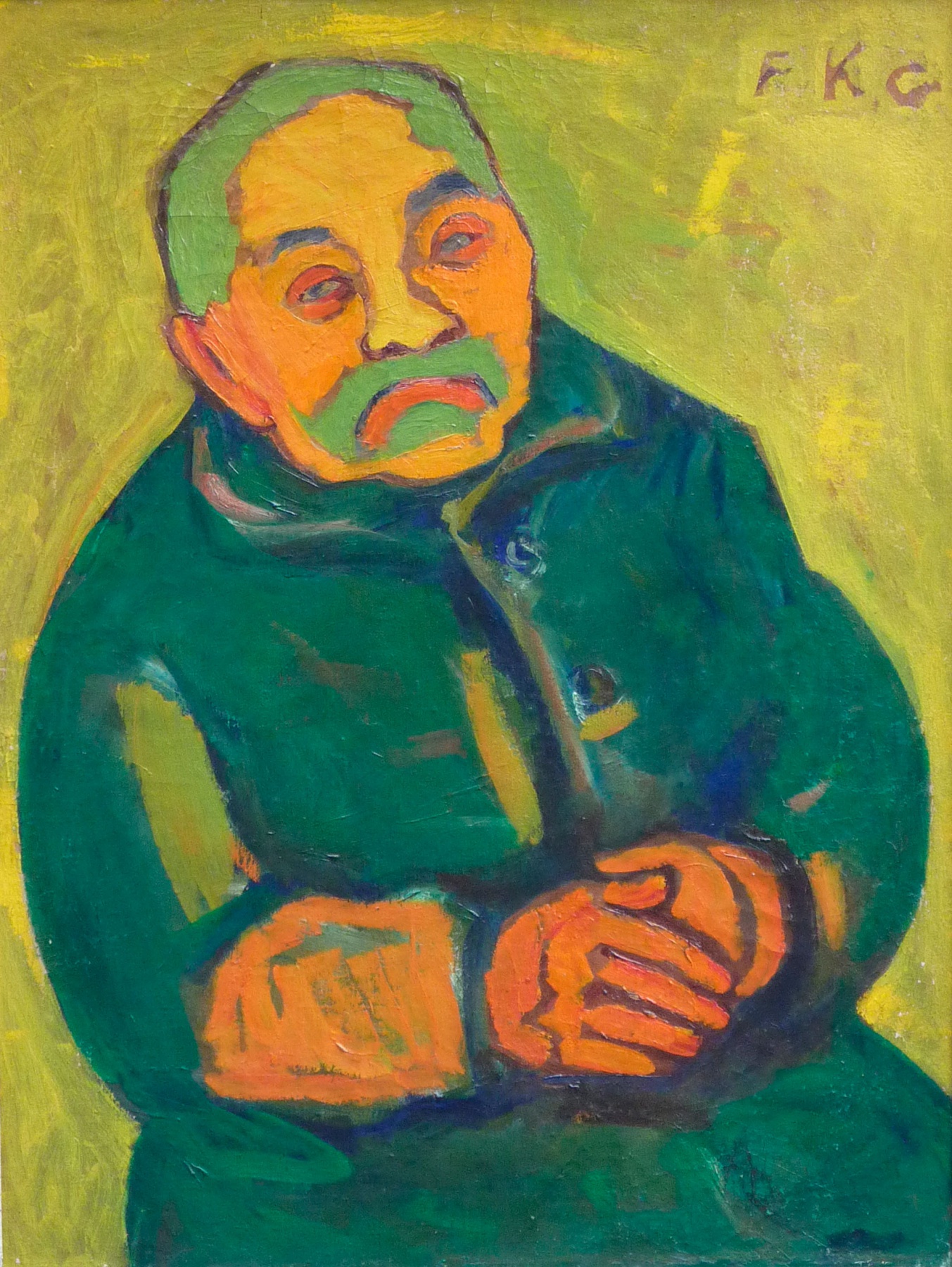
Friedrich Karl Gotsch, actually Friedrich Karl Müller, was a German painter and graphic artist.
After a phase of intense research into Picasso's cubism and experimentation with abstract techniques, the artist developed "late expressionism", which was typical of his work. Even during his lifetime, Gotsch was highly respected as one of the few painters of his generation who painted representational pictures. He also participated in numerous exhibitions and received renowned awards.

Friedrich Karl Gotsch, actually Friedrich Karl Müller, was a German painter and graphic artist.
After a phase of intense research into Picasso's cubism and experimentation with abstract techniques, the artist developed "late expressionism", which was typical of his work. Even during his lifetime, Gotsch was highly respected as one of the few painters of his generation who painted representational pictures. He also participated in numerous exhibitions and received renowned awards.

Friedrich Karl Gotsch, actually Friedrich Karl Müller, was a German painter and graphic artist.
After a phase of intense research into Picasso's cubism and experimentation with abstract techniques, the artist developed "late expressionism", which was typical of his work. Even during his lifetime, Gotsch was highly respected as one of the few painters of his generation who painted representational pictures. He also participated in numerous exhibitions and received renowned awards.

Vincent Weber was a German painter.
Weber's work was initially influenced by the avant-garde views of his teachers at the Bauhaus. His early experimental material collages attacked conventional ways of seeing and challenged the traditions of the institution of art. Later, he turned to more conventional representations that did not even stop at the decorative.
Weber's work stands in contrast to the development of art in the 20th century: while 20th century art takes the path from aestheticism to the anarchic avant-garde, Weber takes this path back: from anarchic-avant-garde aesthetic opposition to aesthetic-decorative art.
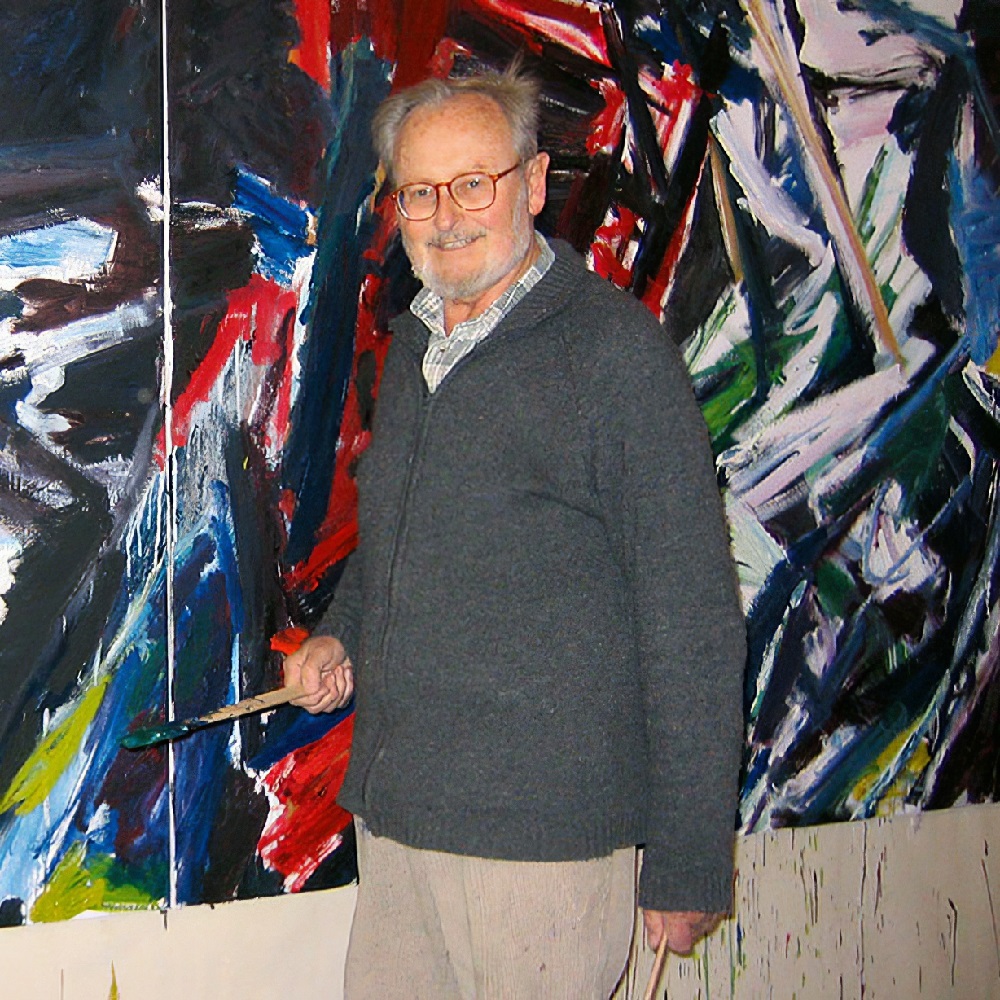
Helmut Sturm was a German painter.
From 1952 to 1958, he studied at the Akademie der Bildenden Künste, Munich. After this he joined Heimrad Prem, Lothar Fischer and Hans-Peter Zimmer in founding Gruppe SPUR, which in 1959 entered the Situationist International.
From 1980 to 1982, he was guest professor at the Hochschule der Künste, Berlin, taking over Hann Trier's class. He continued to exhibit across Germany and from 1985 to 1998 was professor at the Akademie der Bildenden Künste, Munich.
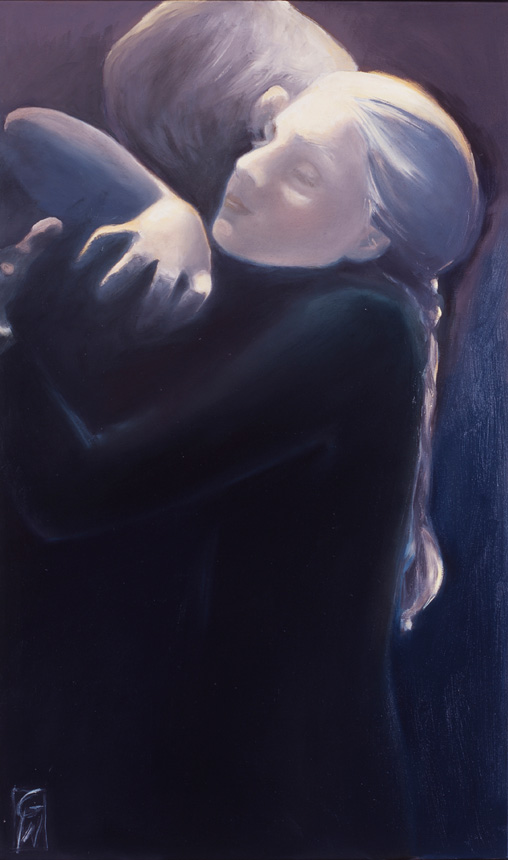
Gesa Will is a contemporary German artist. 1965-1969 studied painting and graphics in Cologne and Munich. She undertook study trips to France, Spain, Morocco, Turkey, Iran, Afghanistan and Pakistan. Since 1970 she has been working as a freelance artist. Has his own graphic design studio in Munich. She paints plants, landscapes, still lifes, portraits.


